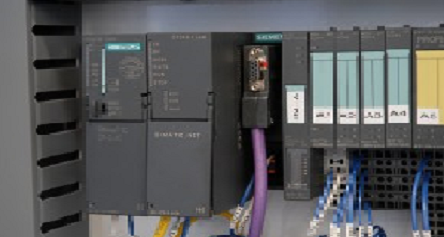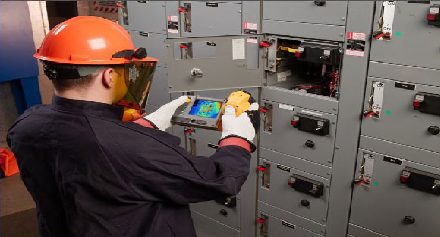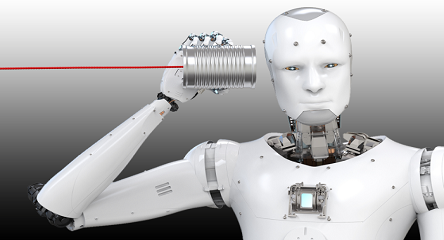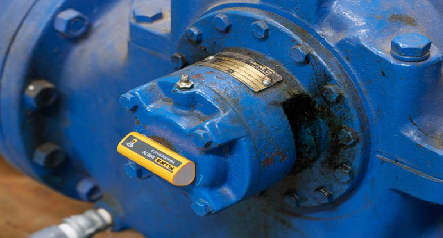The foundational elements of motion amplification in the reliability field include:
· Bad actors and complex assets
· Higher on the DIPF Curve – design and commissioning
· Route-based methods
· New types of assets with a lack of coverage – pipework, bases, foundations
· Broaden the coverage – lower on criticality
· Comprehensive scan – You don’t know what you don’t know.
· Continuous monitoring
We use many complex assets in the oil and gas industry, but what really sets motion amplification apart is that it allows us to detect problems higher on the DIPF Curve than other technologies do. This means we can get involved at the design stage, the commissioning stage, and the installation, thereby gaining the opportunity to eliminate known problem sources and issues from installation that would otherwise lead to long-term headaches. We can also decline to accept unreliable assets after looking at the whole of the asset using motion amplification.
Motion amplification has many benefits, including:
· Measure large and small fields of view
· Maximum visibility; measure inaccessible locations
· Totally non-contact; no painting, gluing, or surface prep required; test structure never altered or destroyed
· Diverse application – test stands, machines, structures, manufacturing processes, piping, visual ODS
· Set up and acquire data in minutes, portable and easy to deploy, perform analysis within the software; highly repeatable
· Results are immediate and easy to see in a standard video, helping users and non-users communicate.
· Leverage simultaneous measurement
· Over 2M pixels become a virtual motion sensor, allowing you to virtually put dozens, even hundreds, of sensors on a structure to capture virtually; no need for animating structures or physically placing sensors
· Use to communicate quickly and visually for troubleshooting and root cause analysis
Motion amplification allows us to see the whole field of view, from large structures to very small circuit boards—anything we can see, we can measure.
The key to this technology is that it is 100% non-contact. What could be safer than this? There is no need to climb, or to enter dangerous areas. We can use a variety of lenses to see into unsafe areas without placing personnel in danger.
Motion amplification is not just for rotating machinery. It can be used for structures that are supposed to be stationary, or piping, which are often neglected in traditional condition monitoring programs.






